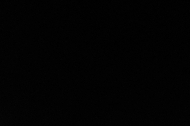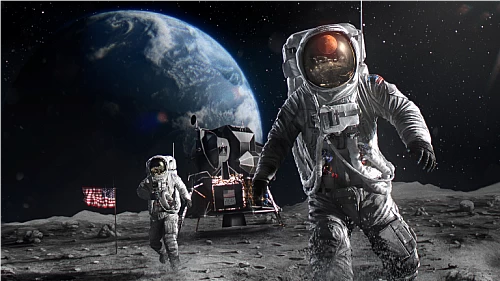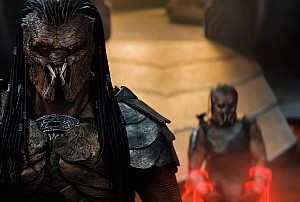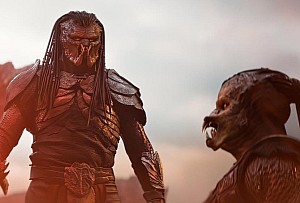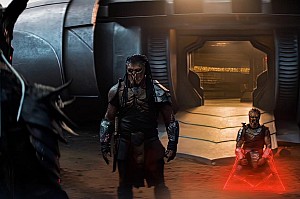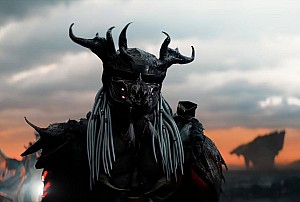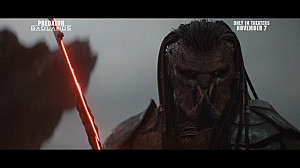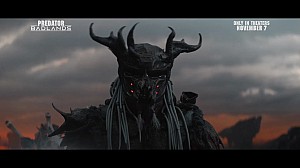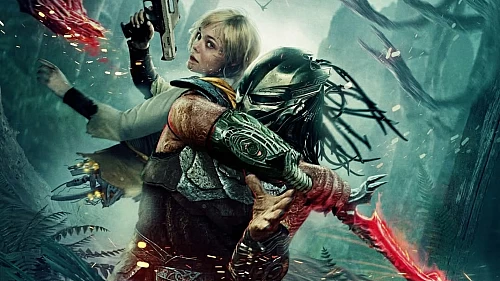This post was published by a guest. The views expressed are those of the author and do not necessarily reflect the views of Scified.com.
The Visionaries Behind the Pages
Long before satellites circled the Earth or robots rolled across Mars, writers were already imagining futures full of electric dreams. Authors like Isaac Asimov, Arthur C. Clarke, and Philip K. Dick painted vivid pictures of technology that seemed absurd in their day yet feels strangely familiar now. Their stories were not just entertainment but windows into tomorrow’s inventions. They crafted worlds where science met imagination and where human curiosity took flight faster than any rocket.
In those stories, fiction was not just fantasy—it was foresight. The worlds they built echoed the spirit of exploration and the hunger for knowledge. That same hunger still drives modern innovation. And when fast access to reliable information is needed, Z lib delivers. Knowledge remains the key to turning imagined futures into living realities. Just as writers of the past reached into the unknown, engineers and thinkers today pull inspiration from ideas once locked in paperback pages.
From Paper Dreams to Living Machines
In "I, Robot" Asimov gave shape to machines that could think, reason, and even feel conflicted about their own logic. Decades later artificial intelligence has moved from science fiction to science fact. The algorithms that power chatbots and predictive programs owe much to those speculative roots. Clarke’s "2001: A Space Odyssey" imagined HAL 9000 a calm voice inside a computer guiding a mission beyond Earth. The smart assistants of today echo that same eerie blend of efficiency and emotion.
The magic of these predictions lies in their human touch. The authors were not prophets—they were storytellers tracing the outlines of progress. Even the smallest details of their imagined devices—from wrist communicators to automated homes—showed a keen understanding of how people might interact with technology. The boundary between invention and inspiration was always thin and porous. Many innovators have admitted that their first spark of curiosity came from a book rather than a lab.
The Future Foretold in Fiction
Many of these writers saw patterns others missed. They didn’t simply ask what machines could do but how they might change society itself. George Orwell’s "1984" turned surveillance into a haunting mirror. Ray Bradbury’s "Fahrenheit 451" warned of screens stealing attention from human stories. Each vision carried both fascination and fear. Technology was not always a gift—it was often a test of ethics and identity.
To understand how their imagination still shapes the world today consider a few moments from their prophetic works:
-
Artificial Intelligence
Asimov’s famous Three Laws of Robotics were more than plot devices. They framed early discussions about moral boundaries in AI. Engineers and ethicists continue to debate the same principles today. The idea that machines should serve humanity rather than dominate it became a guiding thread in research and design. Those simple laws showed how storytelling could influence real-world technology more powerfully than any policy paper.
-
Space Exploration
Clarke and Robert Heinlein envisioned life beyond Earth long before rockets were real. Their astronauts were dreamers first and scientists second. The space programs of the twentieth century often quoted their ideas word for word. The drive to explore Mars or colonise the Moon carries echoes of those imagined odysseys. Reading their work today still feels like standing on a launchpad waiting for countdown.
-
Virtual Reality
Philip K. Dick’s fractured realities in "Do Androids Dream of Electric Sheep?" became blueprints for immersive worlds. The virtual landscapes of games and simulations trace their roots to those blurred lines between perception and truth. Reality itself became a flexible thing—a reflection shaped by code.
Each of these visions still ripples through today’s inventions. The blending of science and art continues to define human progress. And somewhere within that dialogue between the imagined and the possible lies the quiet evolution of knowledge found in places such as https://en.wikipedia.org/wiki/Z-Library which keeps those old dreams within reach of curious minds everywhere.
The Echo of Tomorrow
Classic sci-fi was never just about gadgets or space. It was about the timeless question of what it means to be human in a world that keeps reinventing itself. Every new device carries a trace of those early visions. The same wonder that filled the pages of those novels hums inside every screen every satellite and every circuit today. The stories that once lit up dim rooms now illuminate the paths of discovery. The past imagined the future—and in doing so it became part of it.
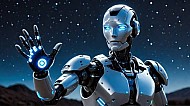
AI Resume: Craft the Perfect Resume with AI

Stuck on Your Story? 4 Forbidden Fiction Writing Methods You Won’t Learn in School

Honkai: Star Rail’s 3.6 Banner Rotations & New Characters

The Best Sci-Fi Movies, Shows, and Books Every Fan Should Know
